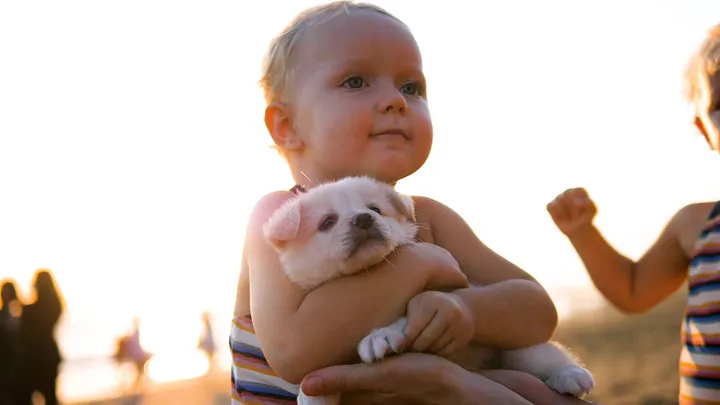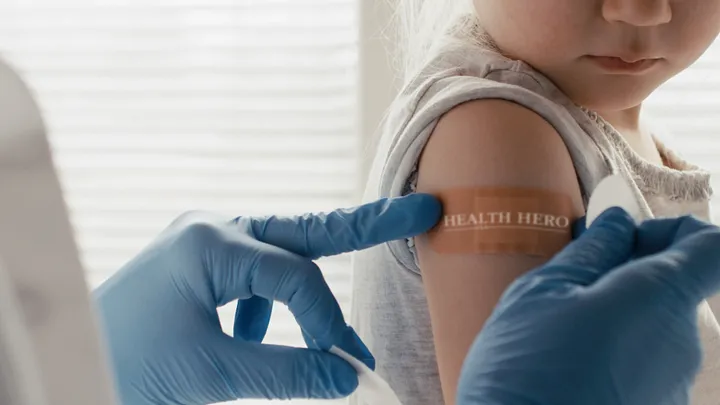Similar to humans, our little furry pets also carry a variety of germs that can cause us to get sick. Like our children, our pets closely interact with their environments, rolling around in the grass and dirt, and getting into all sorts of trouble. This results in our pets carrying some types of bacteria and viruses that can cause people to get sick. Young kids are more likely to catch infections from pets because they try to kiss them, take their food, and put their fingers in their mouths that may be contaminated.
One of the most common viruses shared between humans and pets is gastroenteritis, also known as a stomach bug. Symptoms dealing with this infection include lethargy, nausea, vomiting, abdominal pain, diarrhea (potentially with blood), and weight loss due to fluid depletion. While not exclusive to all illnesses, gastroenteritis might be transmitted between dogs and humans through stool or even saliva. In the case of cats and salmonella, transmission can happen through litter boxes and as they freely move around the household.
Children and pets are both highly active and don’t understand the potential dangers surrounding them, which can make them vulnerable to infections and diseases. Children and pets love to explore their surroundings and touch what they can, which exposes them daily to a series of viruses. For parents, it’s important to create an environment that prevents infections from spreading.
To ensure the health and safety of infants and young children, it is important to have constant supervision whenever a child is in the presence of animals. Children shouldn’t kiss animals or put their hands, or any objects, into their mouths after their interaction. Whenever a child is finished playing with their pet, ensure you take them to wash their hands with soap and water. For pregnant women, it’s important to wash your hands before breastfeeding or preparing formula, and to keep children away from animals during their feeding times to avoid the risk of bites or injuries.
While most families own a cat or dog, some people also acquire other species as pets that can carry harmful germs. It’s recommended that children under 5 years old avoid contact with:
● Reptiles (lizards, snakes, and turtles)
● Amphibians (frogs, toads, newts, and salamanders)
● Backyard poultry, including baby chicks or ducklings
● Rodents (rats, mice, hamsters, gerbils, and guinea pigs)
Also, you are advised to be extra cautious when you take your child under 5 to a farm or petting zoo.
Vaccinations can be used as a protective shield against a range of infectious diseases, helping to safeguard the health of children and pets. Immunizations stimulate the immune system to recognize and fight back against specific pathogens. This prepares the body to take defensive action if a child ends up putting a dog’s toy in their mouth or they forget to wash their hands before touching their face. In the case of pets, vaccinations help contracting illnesses like rabies, parvovirus, distemper, and feline leukemia.

While we normally vaccinate ourselves to fight against diseases, it’s also important to get our pets immunized. By protecting our animals, we can create a safer environment for human-animal interactions.
Ensuring your children and pets are up to date on their vaccinations will help prevent germs from crossing over and ensure pregnant women, newborns, children under 5, and those with weak immune systems have a higher chance of fighting against illness. Beyond individual protection, vaccines contribute to creating the well-being of a community and preventing the spread of infectious diseases. By following the guidelines above, we can create a safer and healthier environment for both children and pets.
. . .
Sources
Centers for Disease Control and Prevention: Healthy Pets, Healthy People
Centers for Disease Control and Prevention: How to Stay Healthy Around Pets and Other Animals
